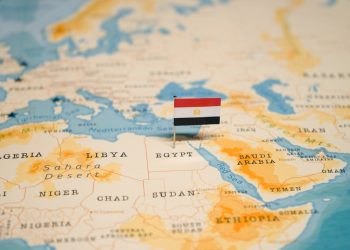The principles of the China-proposed Belt and Road Initiative (BRI) are almost similar to those of the 17 United Nations Sustainable Development Goals (SDGs), as they both seek to gain a better and more sustainable future for all, former Egyptian Prime Minister Essam Sharaf addressed to Xinhua in a recent interview.
Specifically, Belt and Road refers to land and maritime trade routes between China, Europe, the Middle East, and East Africa. It will renew these routes through large-scale infrastructure projects, as roads, rail links, dry ports and industrial zones are being developed along the Road.
Essam Sharaf stated that the BRI is a practical implementation of the SDGs and transforms them from local to international. Yet, the UN didn’t publish a cooperation mechanism between states to achieve these goals.
Also, Sharaf, as head of Sharaf Foundation for Sustainable Development and a committee member of the Silk Road NGO Cooperation Network, noted that the BRI is based on five key principles to be maintained among participant states, including
- policy coordination;
- infrastructure connectivity;
- global trade and investment;
- finance integration;
- cultural dialogue.
He continued highlighting that the BRI five principles are almost similar to the UN-proposed 17 SDGs, and focus on economic and social development.






























































